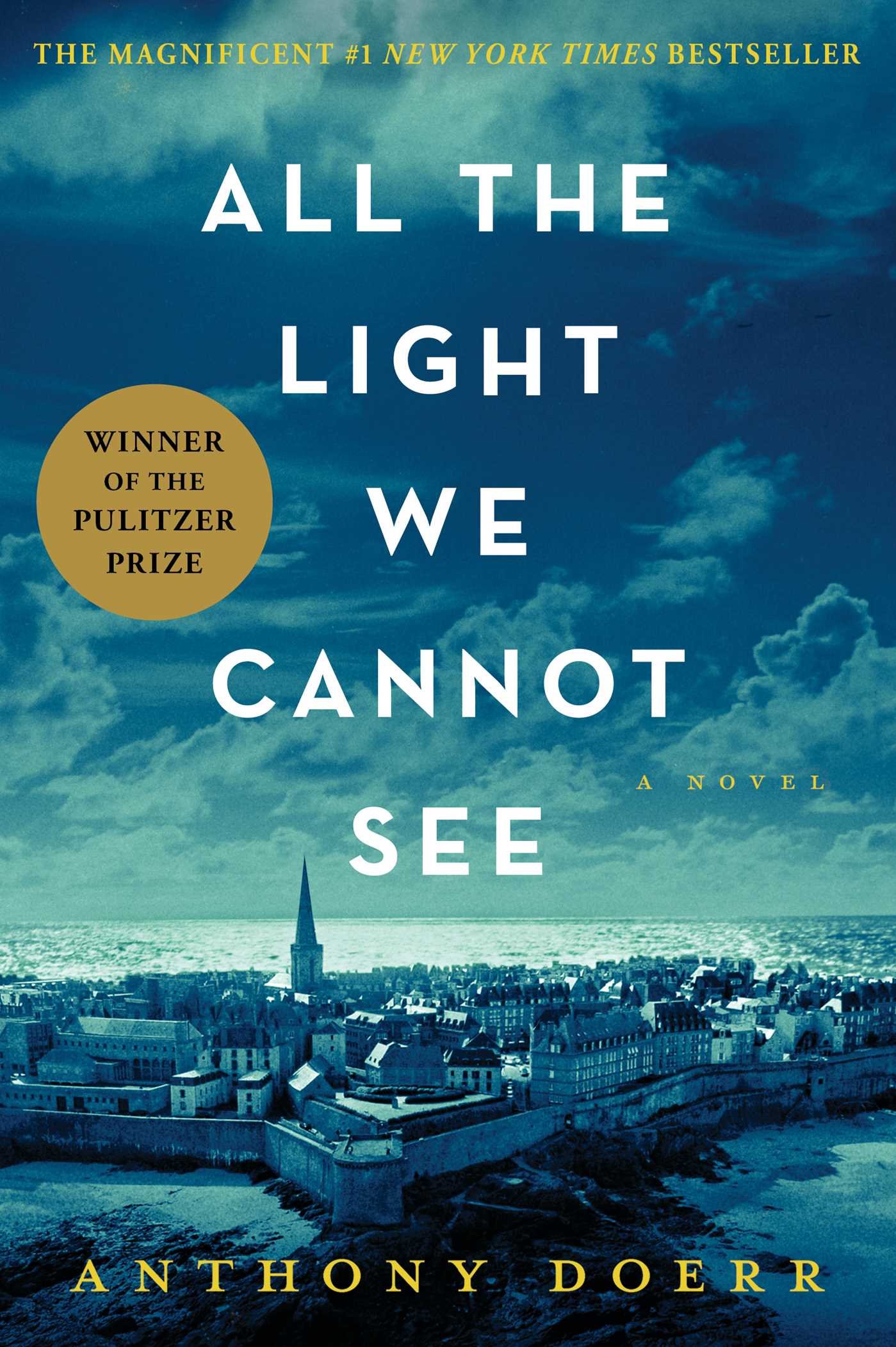 A Great and Terrible Beauty
A Great and Terrible Beautyby Libba Bray
reviewed by Francesca Legaspi
A Great and Terrible Beauty is a story about a 16 year old girl named Gemma Doyle, who has the ability to wield magic and use it to escape to a magical, mysterious place called the realms. After her mother is “murdered” by a sorcerer named Circe, Gemma is forced to leave India, her home, and travel to London so she can attend boarding school called Spence and learn how to behave properly. After her mother died, Gemma’s world was turned upside down when she began to have visions that she couldn’t tell anyone about since she didn’t understand them herself. Gemma hopes that by attending Spence, she can learn how her mother really died, as well as learn to understand herself. Upon arriving at Spence, Gemma encounters 3 girls named Felicity, Ann, and Pippa, who, will come to help her understand her power and what her purpose is.
Although each of the girls are viewed by everyone at Spence as perfect and incapable of having flaws, the girls soon bond and learn that each of them holds a secret and a desire that they want more than anything else to come true. The story focuses on the girls’ adventures as Gemma takes them all into the realms after learning what her power is and how to control it from reading the diary of a girl named Mary Dowd, who supposedly died many years before in a fire, alongside her friend, Sarah-Reese Toohm. She and her friends are determined to make their lives better and attain their desires by forming their own group, which they name “The Order”. The girls pass in and out of the realms where they each use the magic within it to fulfill their desires during their time there. Each time Gemma passes through, she is able to speak with her mother and continues to learn more about how dangerous her power is and why she mustn’t use it outside of the realms until she is deemed ready. However, Gemma thinks that she is ready to use her magic since she so badly wants to fulfill the wishes of her friends and herself, even if it goes against her mother’s wishes.
The more Gemma passes through the realms, the more she learns of the dark secrets of the original Order, the sins of Mary Dowd and Sarah, why her power is feared by others, and why she must be careful in the ways she uses it. Gemma’s curiosity turns out to be both her most helpful and detrimental quality throughout the story. As she continues to learn more secrets and unlock the truth about who she is and who her mother really was, Gemma learns that she has to make certain decisions that could change her life and the lives of her friends forever.
What decisions does Gemma make? Does she learn the truth about herself? What happens to her friends when they encounter Circe? Read this suspenseful and thrilling novel to find out!



